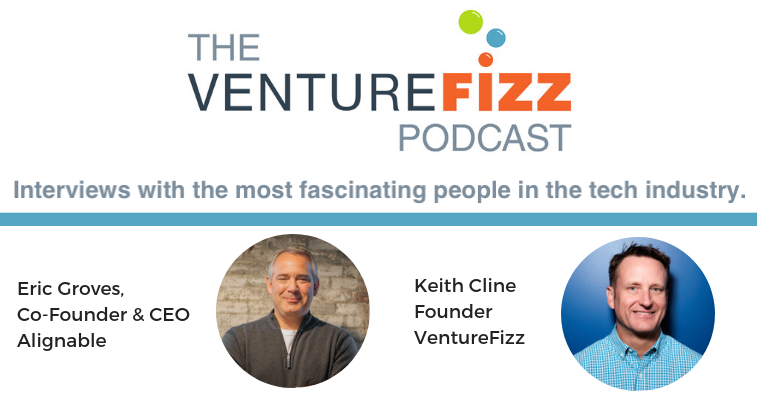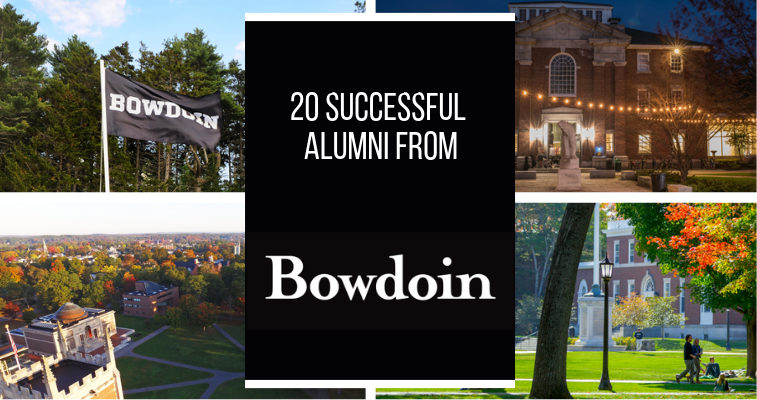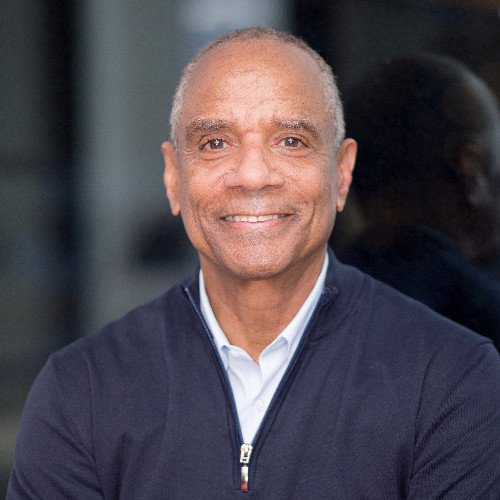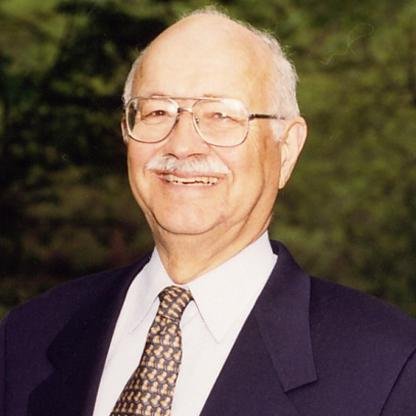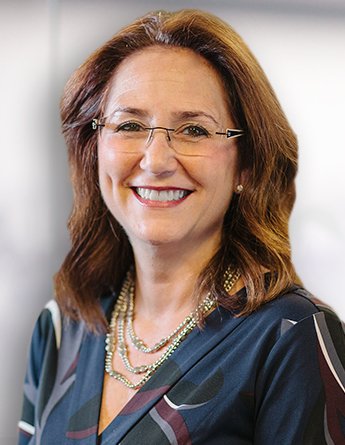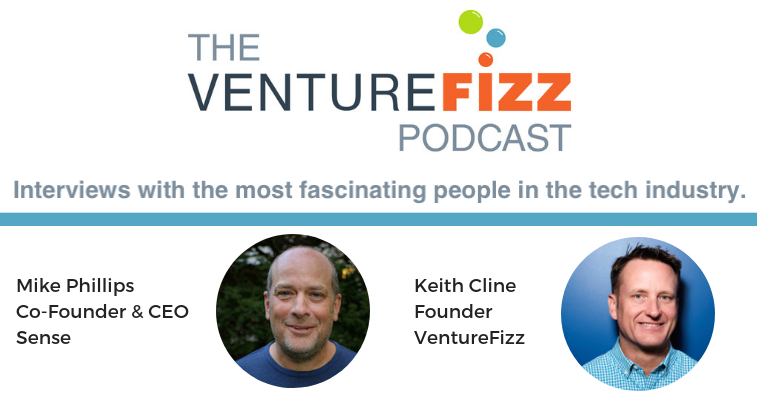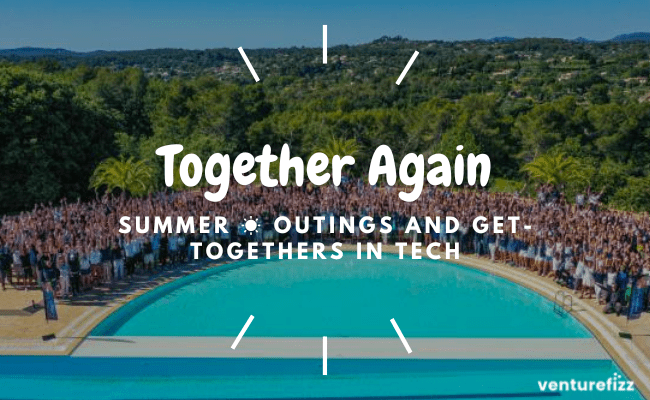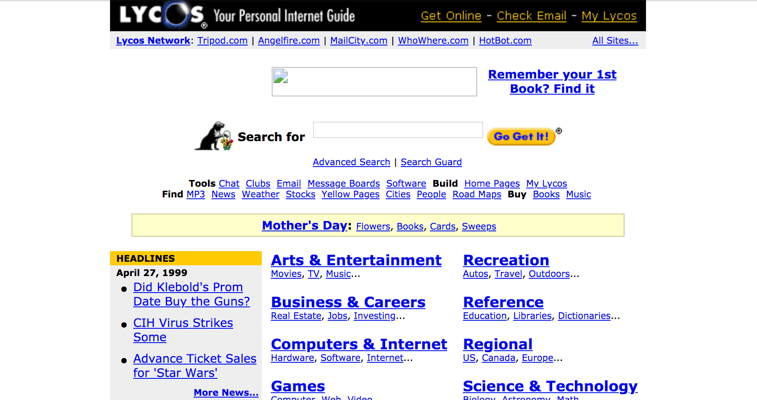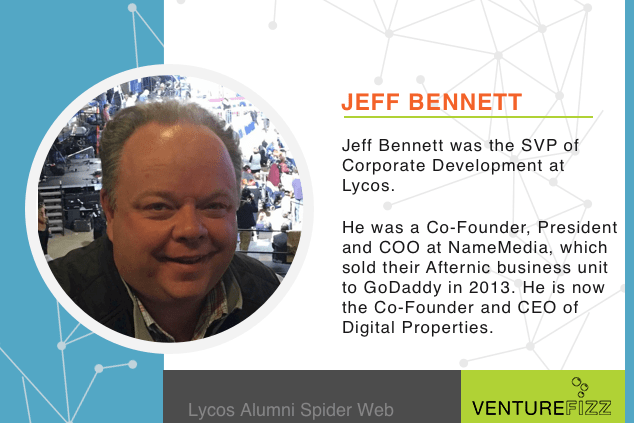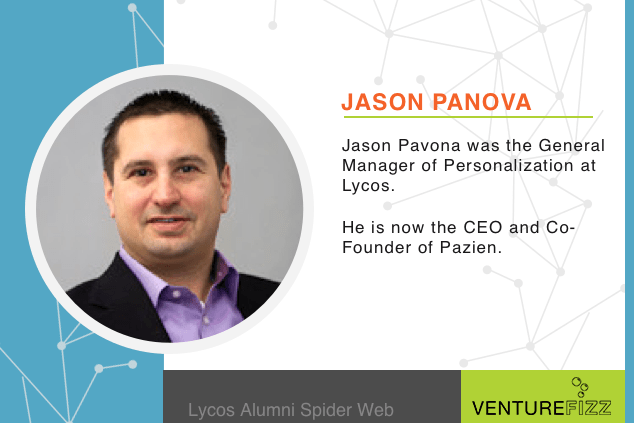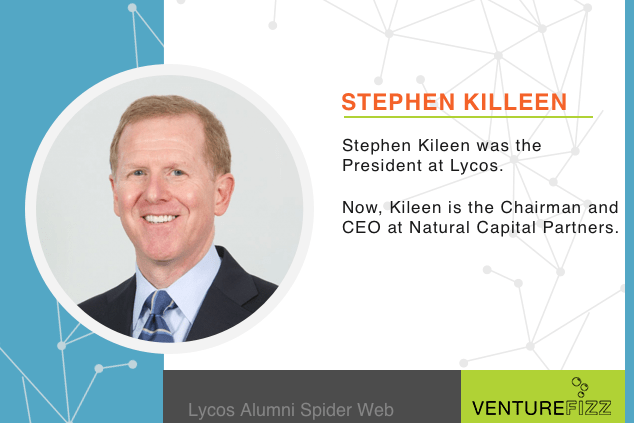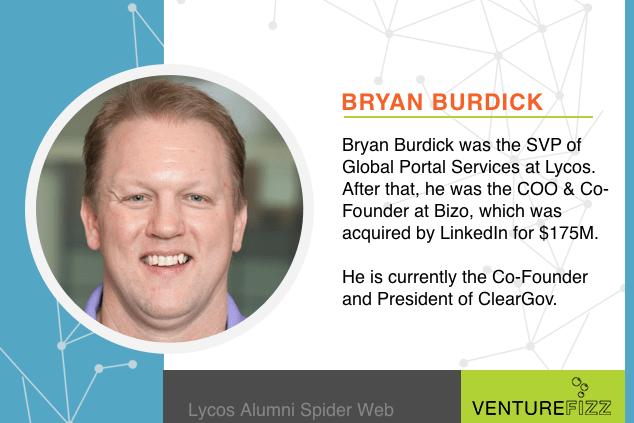The general role of a board is to provide oversight, guidance, feedback, governance, and accountability. With board meetings, as with many things in life, you will get out what you put in – planning ahead thoughtfully and doing the prep work can lead to extremely valuable and productive board sessions. The inverse is also true and unfortunately, somewhat frequently the reality. We have worked with over 100 companies and attended thousands of board meetings – here is our take on how it is done best.
Set yourself up for Success
Lockdown board calendar early: Set the schedule for the entire coming year in November or December to lock down calendars. You want all members present and providing the maximum amount of lead time helps. The larger the board, the more critical this becomes. Once the calendar is set, think about which major topic(s) you want to cover at each meeting. This does not need to be set in stone as things often change in technology startups and you want to be nimble, but it helps makes sure you balance the key topics you cover and gives your team ample time to prepare.
Cadence: The appropriate frequency of meetings is not universal. For the earliest stage companies, shorter monthly meetings are often useful as things can change very quickly. For companies in the early growth stage, we typically recommend four to six in-person meetings per year, interspersed with a few shorter board update calls in between. Some companies also choose to use ad hoc/optional additional board sessions to go into depth on a specific and timely topic when needed.
Pre-Meeting Check-In: Check in with each board member at least 1 – 2 weeks ahead of the meeting. This provides an opportunity to share any important updates or changes, good and bad, ahead of time, as well as see what is on their mind. Even if you are already in frequent contact with a particular board member, make sure to discuss this with them ahead of the meeting. This also allows you to make changes or additions to your board deck prior to the meeting.
Post-Meeting Follow-Up: Always follow up on any requests that come out of a meeting (unanswered questions, specific analyses, etc.) and touch base with each board member, asking them for specific feedback on content, meeting and any areas of concern or improvement. It is generally a good idea to try and set the agenda/outline for the next board meeting right after gathering all feedback from the one you just held.
Hold Members Accountable: Get materials out at least 2 days ahead of time (3 or 4 if possible) and set expectations that they are to be read ahead of time. Do not waste valuable board time walking meticulously through all of the sent materials. Review efficiently, address questions, and move on to the main topics for discussion.
Avoid Surprises: Perhaps this is already obvious from the Pre-Meeting Check-in, but make sure you let board members know about any major events or updates, good or bad, ahead of the meeting. If people’s heads are reeling from a surprise, they will not be ready for a deep discussion and will likely be upset or embarrassed.
Casual Interactions: Allowing the board members and key team members to get to know each other in less formal settings has real value. Pre-meeting dinners or lunches with no set agenda are great for this purpose, but if time is tight, even simple “ice-breakers” to start the meeting and have everyone take part in can help foster closer relationships.
Content
Always Set the Stage: Because things change quickly at young tech companies, it is wise to always use one page to remind the board of the vision and main mission as well as top goals for the business. It may feel redundant to some, but it is important to make sure everyone remains on the same page.
Reporting Clarity & Consistency: Achieving a set of reporting and measurement dashboards that are focused on the meaningful business metrics and fundamentals is critical – cover marketing, sales/BD, support, product, and engineering, hiring and finance. These should be used by the management team for internal meetings, as well as for reporting to the board. Try to limit to roughly a dozen pages of content. You want to be consistent from meeting to meeting so the board understands what each chart represents, but you should also work to iterate to ensure you are providing as much clarity and insight as possible, constantly seeking feedback. As stated before, do not waste time going through each chart or graph in detail, but do give the board an opportunity to ask questions.
Focused Discussions: Outside of the standard updates limit major topics to one or two at most per board meeting. Invite in the relevant senior team members to help lead these discussions. Having an external expert or two present can also be valuable at times for industry perspective. Share any reading materials or research ahead of time to make sure everyone shows up with same the base level of understanding. The richest and most rewarding discussions come when the board can apply their experience and insight against comprehensive analysis and/or deep industry perspective.
Running the meeting
Who’s in the room?: Ideally, all board members are present in person, and almost always the CFO. In addition, depending on the topics, it may be helpful to have counsel present, or at least listening in. We advise against having the entire management team sit in for the full meeting. Instead, invite in the team members that are directly related to the presentation and key topics of the meeting. Some choose to only bring them in when needed. Either way works.
Interaction & Pace: Encourage or even prompt each board member to provide input and feedback on key questions and topics. This is not a time for passivity or quiet head nodding. In your agenda, be thoughtful about allocating the proper amount of time to each section and stick to it. With that said, it is important not to cut short valuable discussions. Always leave some cushion in your time allocations, and insert a break or two that can be used for longer discussions if needed.
Non-Executive Board Session: When the main portion of the board meeting is complete, allow the non-executive board members, i.e. all those not employed by the company, to have a discussion amongst themselves. This is important as it allows them to air their thoughts and opinions and reach some level of consensus on the proper feedback to the CEO. The CEO can then come back in when signaled and discuss any feedback or other questions that arise.
Clearly, running a productive and valuable board meeting takes a lot of work, and it is always a bit easier when the business is going well, but it is often even more valuable, and helpful, when the company may be challenged. Challenging times provide the greatest opportunity for learning and insight that could lead to critical course correction. When things are going well, focus the topics on continuing to raise the bar, planning ahead, new product or service ideas, and driving further improvements across the business. The CEOs and teams that do board meetings best, look forward to them and get a ton out of them.
Matt Fates is a Partner with Ascent Venture Partners. You can find this post, as well as additional content on their blog located here. You can also follow Ascent Venture Partners on Twitter (@AscentVP) by clicking here.

